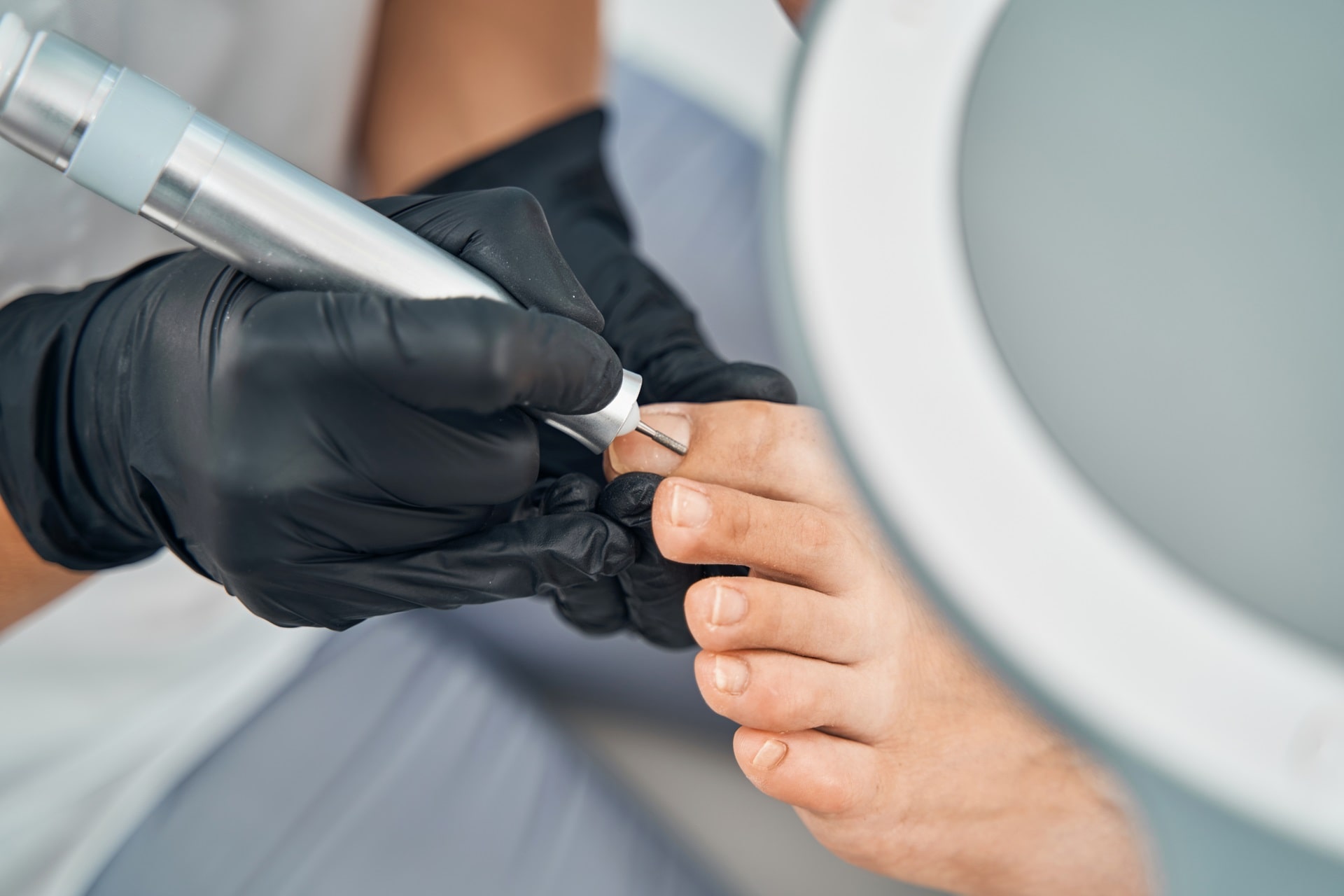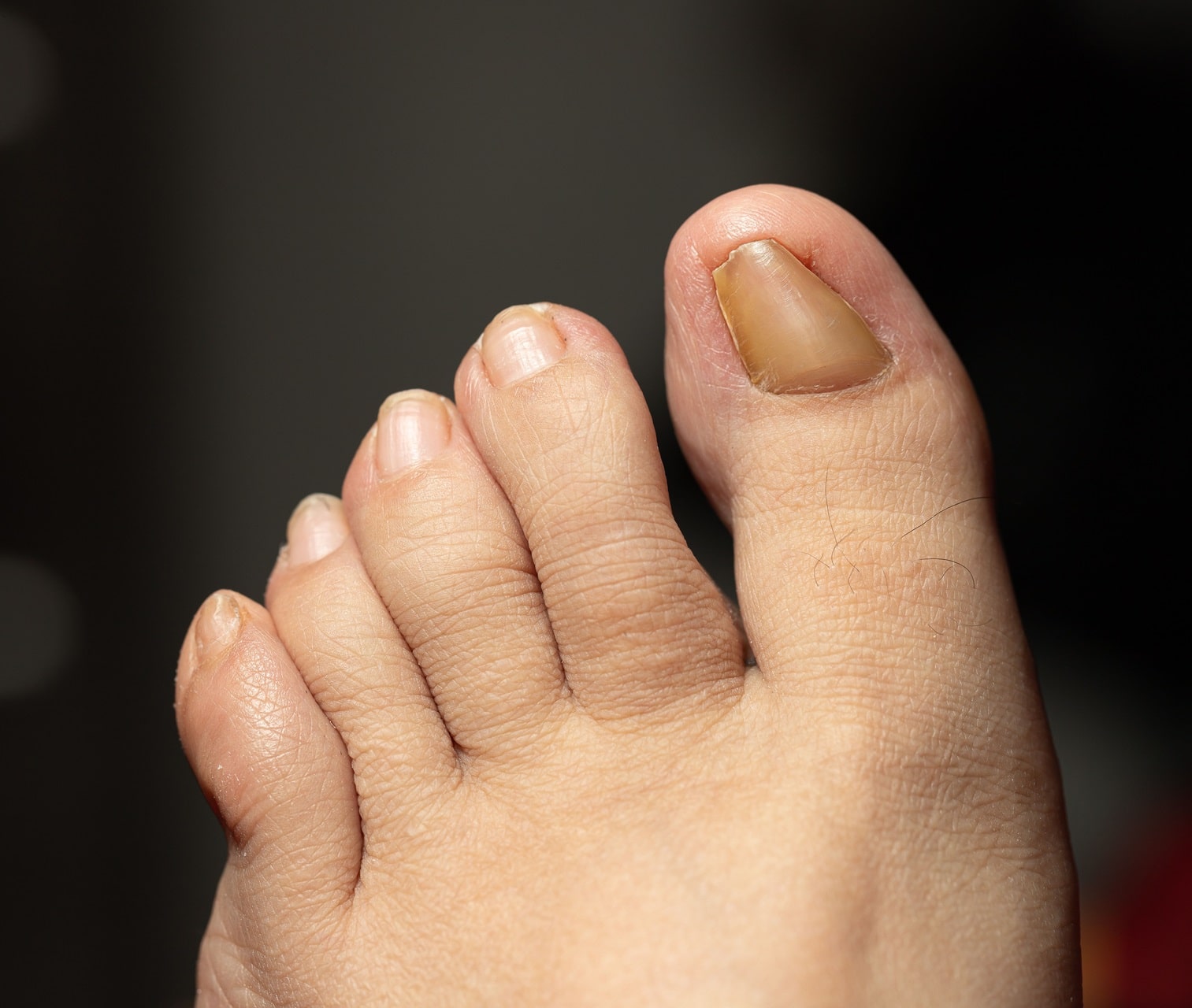Thickened toenails can cause a bad appearance. In addition, this appearance indicates that the health of the feet is deteriorating.
In the case of thickened toenails, the toenails are much thicker than normal. However, the nail is not smooth and is uneven. In some cases, the nails may even turn yellow. The nail may be too soft compared to normal and may peel off. However, healthy toenails should be transparent, pinkish, firmly structured, smooth and have a natural shine.

Thickened nails can be difficult to cut with nail clippers at home. Cutting thickened nails with nail clippers can cause cracks in the nail plate.
There is a risk that the cracked nail plate can split down to the nail root. Thus, the nail begins to separate from the nail bed and the nail begins to grow upwards. The nail, which is separated from the nail bed, begins to break down due to excessive water absorption. Faster thickening of the nail begins. Precautions should be taken for further thickening of the nail.
In thickened nail care, the thick layers on the nail are cleaned and thinned with technical foot care tools. The correct nail cut is made.
In this way, if medication is used with the advice of the physician, better penetration is ensured. The thinning process will continue until the nail takes its normal form. Regular medical foot care prevents thickening of the nails and restores the flexibility of the nail.

Thickened toenails can occur for many different reasons. Some of these reasons are:
- Pressure and trauma, wearing overly narrow shoes or small shoes can lead to thickened toenails in the long term.
- Strong blows to the nails can also cause them to thicken.
- Thickened toenails are often caused by nail fungus infection. The infection causes the nail to thicken and its structure to deteriorate.
- Thickening occurs naturally with age.
- Nail thickening is seen in people with diabetes.
- Due to the pressure on the nail in compression stockings and lycra socks, the nail begins to thicken by protecting itself.
- It is seen in people who overload their feet such as athletes and dancers.
- It is seen in people over 65 years of age.
- It is seen in people with weak immune system.
- Malposition of the foot (hallux valgus)
- It is seen in nail root (matrix) or nail plate injuries.
Measures should be taken as soon as possible to prevent further thickening of the nail. As long as the thickening of the nail continues, the nail begins to sink over time, making it difficult to walk.








